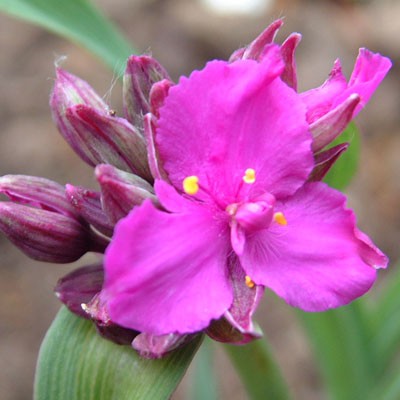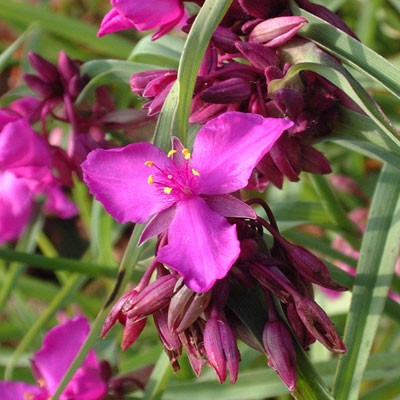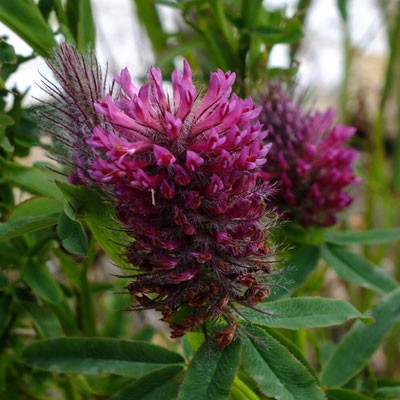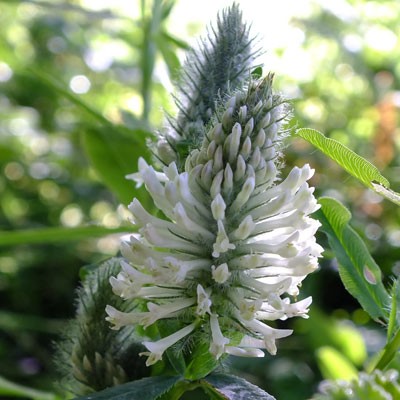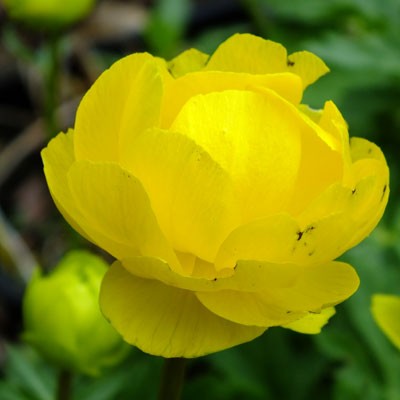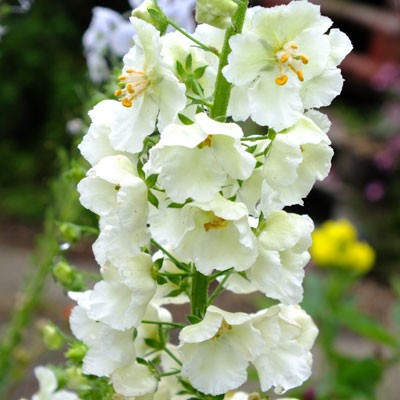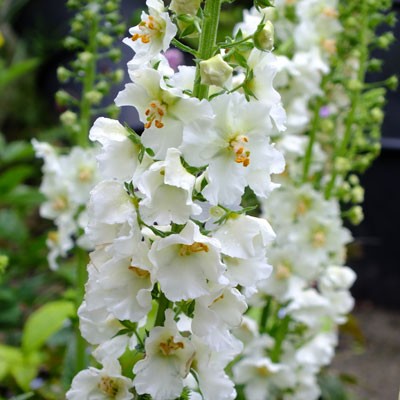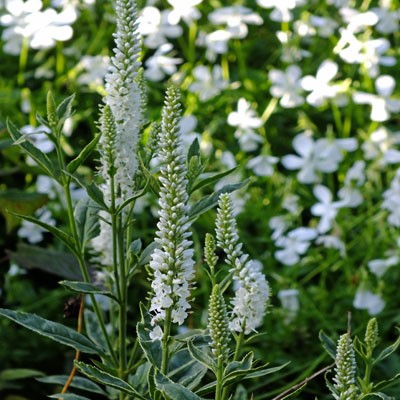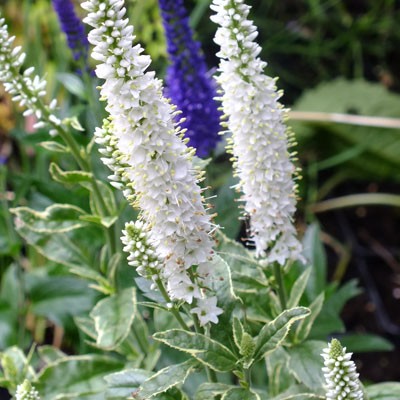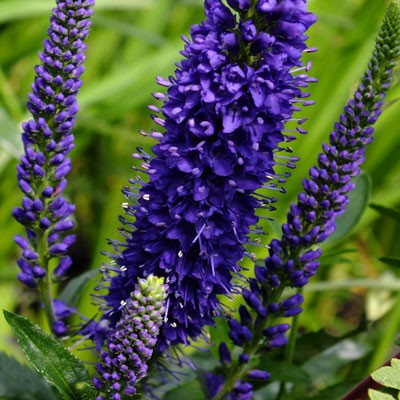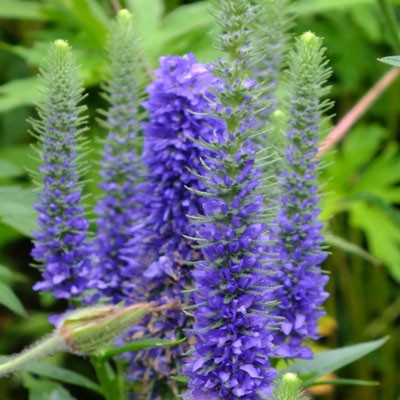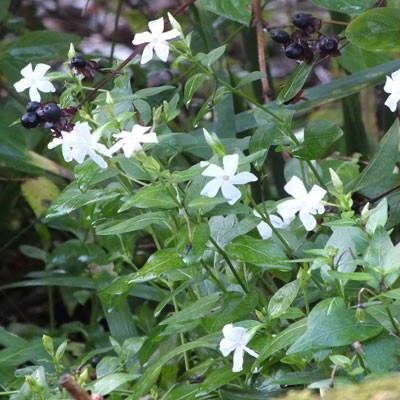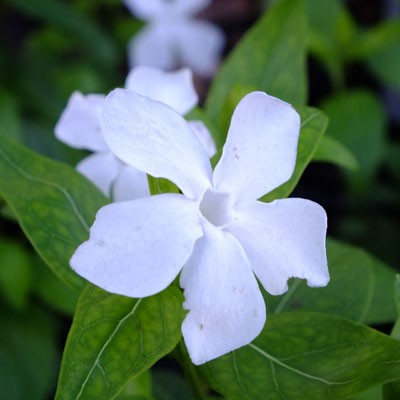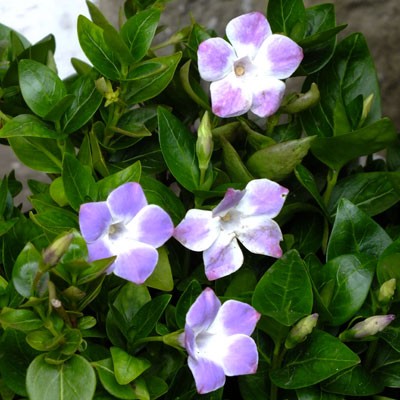Potsize - 1L
Tradescantia 'Red Grape' (Andersoniana Group) has spreading mounds of neat grassy foliage amongst which nestle the cheery triangular bright cerise flowers. The sepals are well coloured so that the hanging finished flowers keep adding and adding to the effect. Touching the flowers leaves a red stain on your hand just like red wine. A reliable and colourful addition to the front of the border. Best in full sun. 45cmDiscount of 25p per plant for quantities of 3 or over

















































